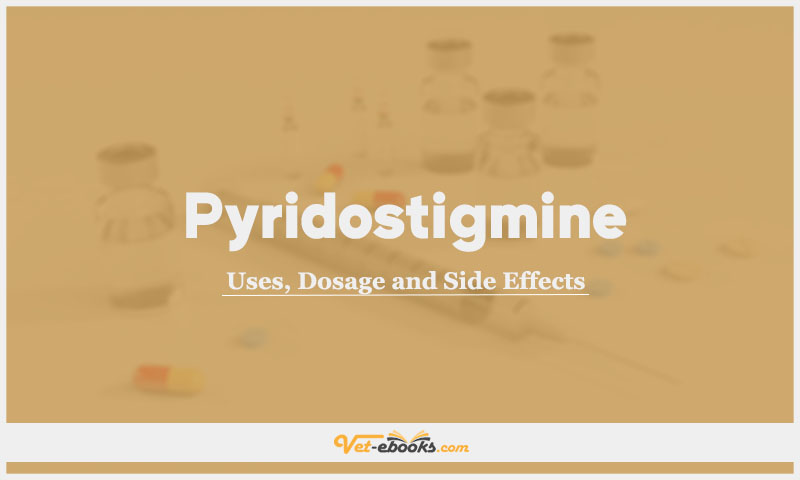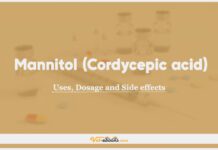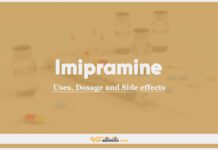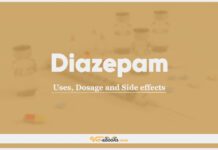Pyridostigmine In Dogs & Cats: Uses, Dosage and Side Effects

Overview
- This compound is a reversible inhibitor of cholinesterase activity.
- Its mechanism of action is similar to neostigmine but differs in having a slower onset of activity and a more extended duration of action.
- The primary action involves inhibiting the enzymatic breakdown of acetylcholine by acetylcholinesterase and other cholinesterases.
- This inhibition results in the prolongation and intensification of the natural physiological effects of acetylcholine.
- It may also have direct effects on skeletal muscle in addition to its cholinesterase inhibitory activity.
Uses of Pyridostigmine
- Treatment of myasthenia gravis.
- It is also used to reverse the neuromuscular blockade produced by competitive neuromuscular blockers, but generally less effective than neostigmine.
- It may also have a role in the treatment of paralytic ileus.
Dose of Pyridostigmine in Dogs and Cats
Dogs:
- 0.2–5 mg/kg p.o. q8–12h.
- The dose should be incrementally adjusted to maximize muscle strength and minimize adverse effects.
Cats:
- 0.25 mg/kg p.o. q8–12h.
Drug Dosage Calculator
You Should Give:
Side Effects of Pyridostigmine in Dogs and Cats
- Pyridostigmine overdose can lead to several adverse effects, primarily related to excessive stimulation of muscarinic receptors.
- Common signs of overdose include vomiting, increased salivation, diarrhoea, and abdominal cramps.
- Compared to other parasympathomimetic drugs (particularly neostigmine), pyridostigmine generally results in milder clinical signs of overdose.
- However, severe cases of pyridostigmine overdose can include bronchoconstriction, heightened bronchial secretions, excessive tearing (lacrimation), involuntary defecation and urination, pinpoint pupil constriction (miosis), nystagmus (involuntary eye movements), bradycardia (slow heart rate), heart block, arrhythmias, hypotension (low blood pressure), agitation, weakness progressing to fasciculation (muscle twitching), and paralysis.
Contraindications of Pyridostigmine in Dogs and Cats
- Do not use in patients with mechanical GI or urinary tract obstructions or peritonitis.
- Use with caution in patients with bronchial disease (especially feline asthma), bradycardia (and other arrhythmias), hypotension, renal impairment or epilepsy.
Some Notes:
- Aminoglycosides, clindamycin, lincomycin and propranolol may antagonize the effect of pyridostigmine.
- Pyridostigmine may enhance the effect of depolarizing muscle relaxants (e.g. suxamethonium) but antagonize the effect of non-depolarizing muscle relaxants (e.g. pancuronium and vecuronium).
Tip
Do You Want To Increase Your Veterinary Knowledge and Practical Skills?
You Can Now Browse and Download +3000 Books For Veterinary Professionals & Students Online.
Download Veterinary Books



















